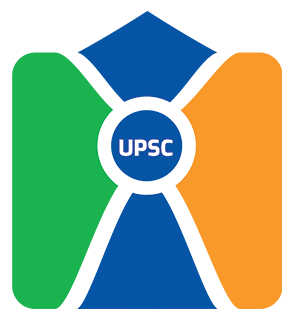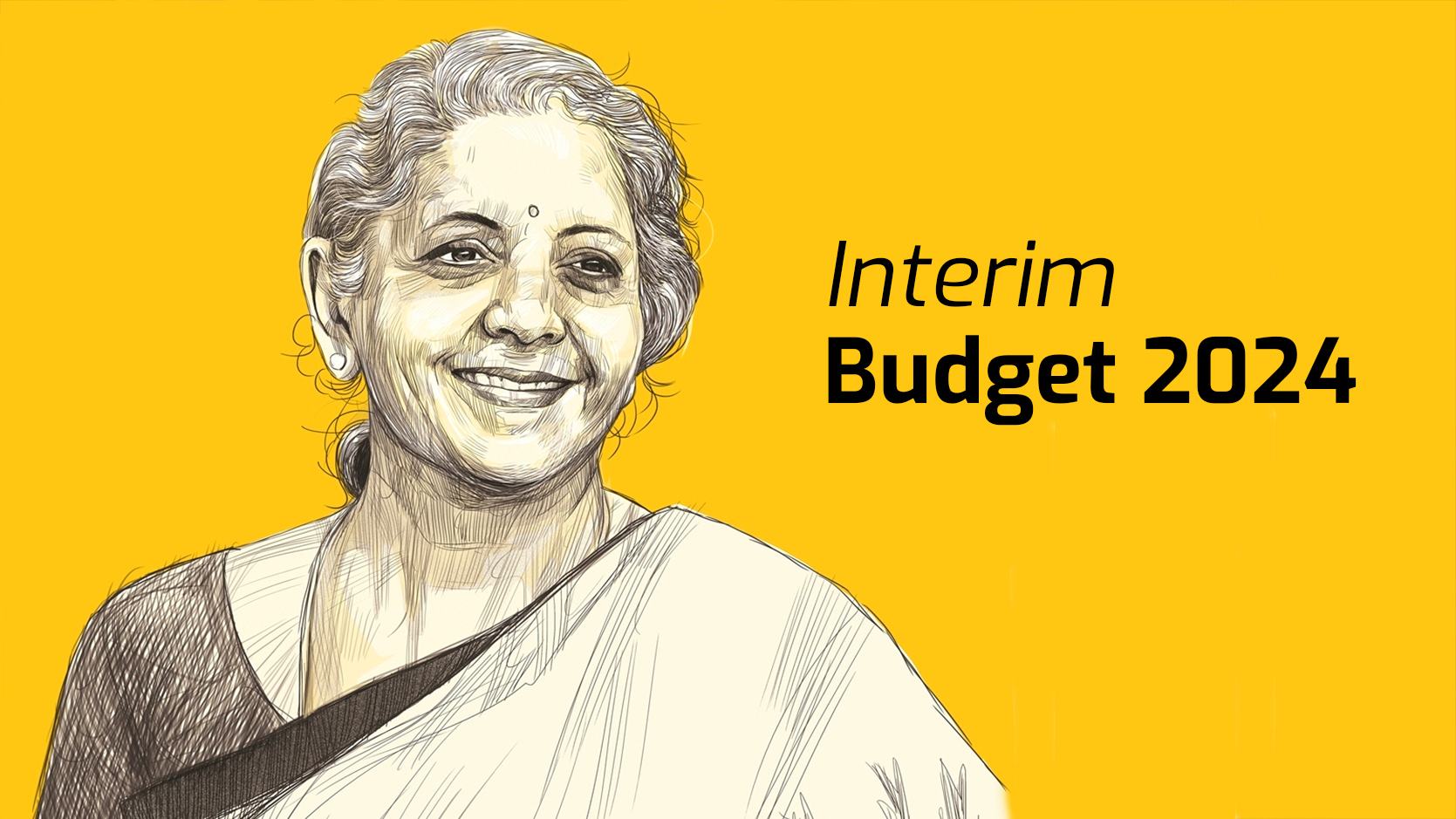UPSC Mechanical Engineering Syllabus: One of the most popular optional subjects for the UPSC Mains exam is mechanical engineering. Candidates who majored in mechanical engineering during their undergraduate or graduate studies frequently choose this elective. Furthermore, a strong performance in the optional topic will raise the UPSC candidates’ total ranking.
Applicants should modify their study plan by adhering to the UPSC Mechanical Engineering syllabus. Based on data from the previous five years, between 150 and 220 candidates selected Mechanical Engineering as an optional subject, with a success probability of about 10%.
When preparing for the civil service exam, candidates must adhere to the UPSC Mechanical Engineering Syllabus to cover all pertinent material. The UPSC Mechanical Engineering optional courses will have a moderate difficulty level, according to the analysis of prior UPSC exams.
UPSC Mechanical Engineering Syllabus
There are two papers in the UPSC Mechanical Engineering Optional Syllabus: Paper 1 and Paper 2. Before starting their preparation, candidates should refer to the topic-wise UPSC Mechanical Engineering syllabus for Main Option Papers 1 and 2.
UPSC Mechanical Engineering Syllabus for Paper 1
Mechanics, Engineering Materials, Theory of Machines, Manufacturing Science, and other subjects are covered in the UPSC Mechanical Engineering Paper I syllabus. Examine the UPSC Mechanical Engineering Optional Syllabus for Paper I, broken down by topic, below.
- Mechanics:
1.1 Mechanics of Rigid Bodies:
Kinematics of particles for plane motion, elementary particle dynamics, first and second moments of area, basic friction problems, equations of equilibrium in space, and its applications.
1.2 Mechanics of Deformable Bodies:
Generalized Hooke’s law and its application; design problems on axial stress, shear stress, and bearing stress; material properties for dynamic loading; bending shear and stresses in beams; determination of principle stresses and strains-analytical and graphical; compound and combined stresses; bi-axial stresses thin walled pressure vessel; material behavior and design factors for dynamic load; design of circular shafts for bending and torsional load only; deflection of beam for statically determinate problems; theories of failure.
- Engineering Materials:
Fundamental ideas about the composition of solids, common ferrous and non-ferrous materials, their uses, heat-treating steel, non-metals plastics, ceramics, composite materials, and nanomaterials.
- Theory of Machines:
Plane mechanism kinematic and dynamic analysis. The linear vibration analysis of mechanical systems (single degree of freedom), cams, gears and epicyclic gear trains, flywheels, governors, balancing of rigid rotors, balancing of single and multicylinder engines, critical speeds, and whirling of shafts are all examples of mechanical systems.
- Manufacturing Science:
4.1 Manufacturing Process:
Merchant’s force analysis, Taylor’s tool life equation, conventional machining, NC and CNC machining processes, jigs, and fixtures are all aspects of machine tool engineering. unconventional machining techniques, such as water jet, EDM, ECM, and ultrasonic machining; use of lasers and plasmas; and energy rate computations. The conventional techniques for forming and welding. Metrology includes the concepts of fits and tolerances, comparators, instruments and gauges, and length, position, profile, and surface polish inspection.
4.2 Manufacturing Management: System design: capacity planning, product selection, process selection, applications of engineering economic analysis and break-even analysis, factory location—basic OR models; plant layout—methods based; preset time standards.
System planning; probabilistic inventory models for order time and quantity determination in inventory management; JIT systems; strategic sourcing; managing inter-plant logistics; forecasting techniques based on regression and decomposition; design and balancing of multi-model and stochastic assembly lines. Control and system operations: Job shop scheduling algorithms; statistical methods used to process and product quality control; control chart applications for mean, range, percent defective, and number of defects.
UPSC Mechanical Engineering Syllabus for Paper 2
Topics including Thermodynamics, Gas Dynamics Turbine, Heat Transfer, Engines, Steam Engineering, Refrigeration, and Air-conditioning are covered in the UPSC Mechanical Engineering Paper II Syllabus. Examine the UPSC Mechanical Engineering Optional Syllabus PDF for Paper II, broken down by topic, below.
- Thermodynamics, Gas Dynamics Turbine :
1.1 Basic concept of First-law and Second law of Thermodynamics; concept of entropy and reversibility; availability and unavailability and irreversibility.
1.2 Classification and properties of fluids; incompressible and compressible fluids flows; effect of Mach number and compressibility; continuity momentum and energy equations; normal and oblique shocks; one-dimensional isentropic flow; flow or fluids in duct with frictions that transfer.
1.3 Work done in the gas turbine; reheat and regenerators; axial and centrifugal flow configuration; design of fans and compressors; single difficulties with compressors and turbine cascades; open and closed cycle gas turbines; flow through fans, blowers, and compressors.
- Heat Transfer:
2.1 Conduction heat transfer: one-dimensional steady state heat conduction applied to simple walls, solid and hollow cylinders, and spheres; generic conduction equation—Laplace, Poisson, and Fourier equations; Fourier law of conduction.
2.2 Convection heat transfer—Nusselt number, hydrodynamic and thermal boundary layer thickness; free and forced convection; heat transfer during laminar and turbulent flow of an incompressible fluid over a flat plate; Prandtl number; heat transfer during laminar and turbulent flow through horizontal tubes; free convection from horizontal and vertical plates; Reynolds, Colbum, and Prandtl analogies; heat transfer between momentum and heat transfer.
2.3 Black body radiation—basic radiation laws such as Stefan-Boltzman, Planck distribution, Wein’s displacement, etc.
2.4 Basic heat exchanger analysis; classification of heat exchangers.
- Engines :
3.1 Classification; thermodynamic cycles of operation; mechanical efficiency, indicated power, brake power, heat balance sheet, and performance characteristic interpretation for gasoline, petrol, and diesel engines.
3.2 Normal and aberrant combustion in SI and CI engines; impact of operating factors on knocking; mitigation of knocking; Combustion chamber types for SI and CI engines; fuel ratings; additives; emissions.
- Steam Engineering :
4.1 Modified Ranking cycle analysis; contemporary steam boilers; steam at critical and supercritical pressures; draught apparatus; natural and artificial draughts; solid, liquid, and gaseous fuels for boilers. Principle, kinds, compounding, impulse and response turbines, and axial thrust of steam turbines.
4.2 Steam nozzles: supersaturated steam flow in nozzles, Wilson line; convergent and divergent nozzle pressure at throat for maximum discharge with varying beginning steam conditions, such as wet, saturated, and superheated; influence of variation in back pressure.
4.3 The Rankine cycle, which includes back pressure, exit turbines, reheat factor, reheating and regeneration, and internal and exterior irreversibility.
4.4 Steam power plants: cogeneration facilities with fired and unfired heat recovery steam generators (HRSG); combined cycle power generation.
- Refrigeration and Air-conditioning :
5.1 Systems like evaporators, condensers, compressors, and expansion devices; eco-friendly refrigerants: R 134a, 123; Vapour compression refrigeration cycle; cycle on p-H & T-s diagrams. basic techniques for absorbing vapor.
5.2 Properties, procedures, charts, sensible heating and cooling, effective temperature for humidification and dehumidification, air conditioning load calculation, and basic duct design of psychrometry.
Steps to Prepare for UPSC Mechanical Engineering Syllabus
Candidates must stick to the UPSC Mechanical Engineering Syllabus with solid strategy and study materials. One must gain conceptual clarity in the fundamentals and core topics to score well in the exam. Here, we have provided the tips and tricks to cover the Mechanical Engineering syllabus for the UPSC exam efficiently.
- Examine the UPSC Mechanical Engineering optional syllabus in detail, then make a list of subjects according to mark distribution and degree of difficulty.
- Select books and study materials that have been recommended by experts to focus on the chapters that will be tested.
- To find out which chapters have been asked in previous decades and how much weight they have been given in terms of marks, solve the previous year’s UPSC Mechanical Engineering question paper.
- When reviewing the UPSC Mechanical Engineering optional syllabus, make brief notes so you can review them at the last minute.
UPSC Mechanical Engineering Recommended Books
For applicants preparing for the UPSC CSE Mechanical Engineering Optional, selecting the appropriate literature is essential. Here is a list of suggested optional Mechanical Engineering UPSC books for Papers I and II. They are meant to cover the entire syllabus and help you get a deeper comprehension of both fundamental and complex ideas.
|
UPSC Mechanical Engineering Recommended Books |
|
| Paper 1 | Paper 2 |
|
|


 UPSC Sociology Syllabus
UPSC Sociology Syllabus  UPSC Bodo Literature Optional Syllabus
UPSC Bodo Literature Optional Syllabus 



